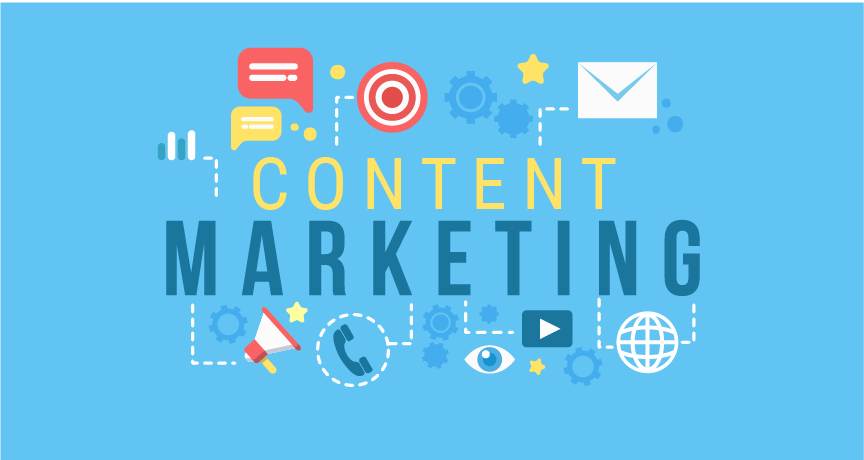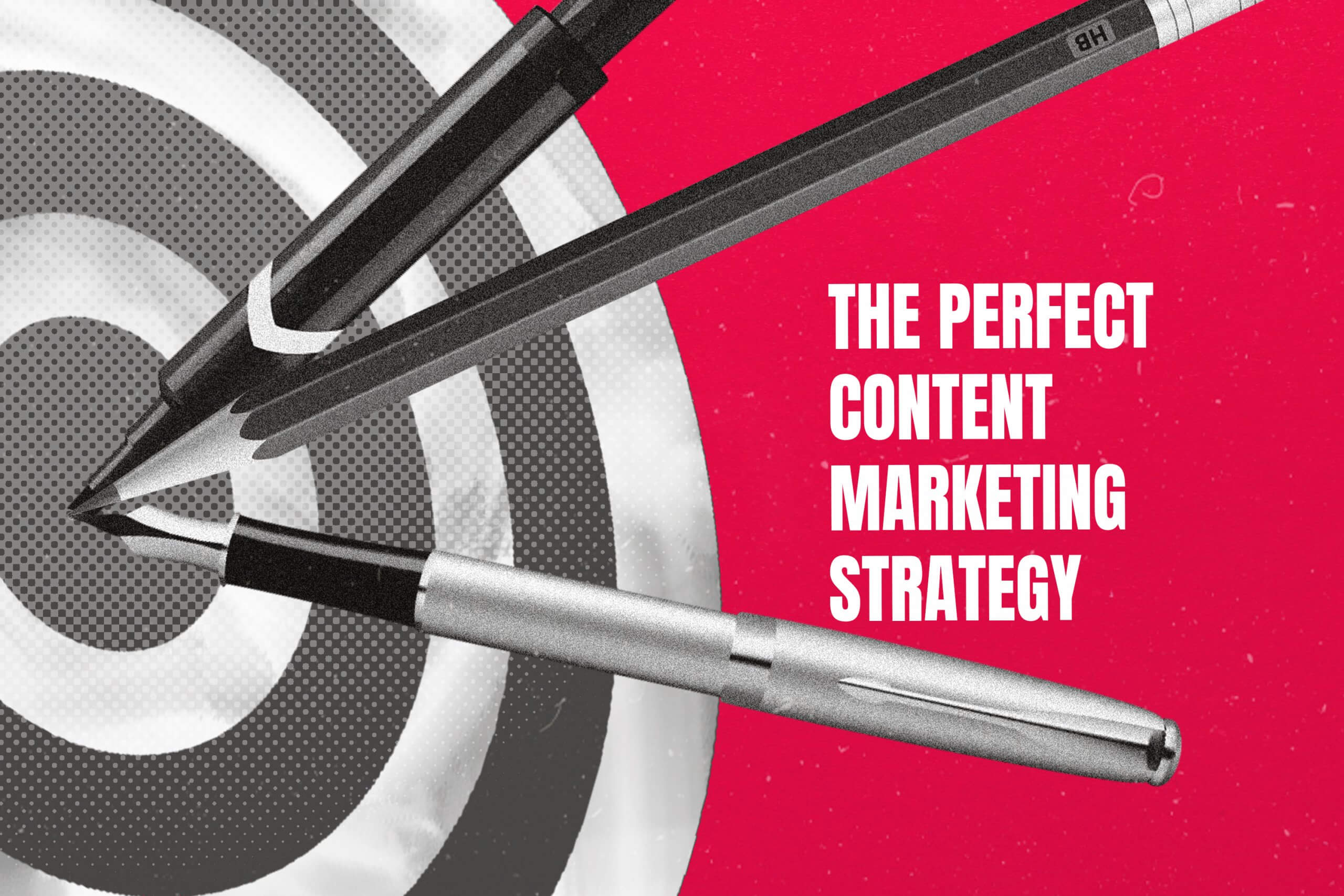How do you write content?
What are examples of content marketing?
What does a content writer do?
If you ask yourself all of that, you wish to learn more about content writing and content marketing.
Online content nowadays is not just in written form. Video content is a big field right now. Video has started selling more in some cases since it is entertaining, interactive, and is easy to digest. Image-based content is quite popular as well.
However, none of these developments has come even close to surpassing the written word. Content writing, therefore, is only one cog in the whole machinery of content marketing. It remains the foundation of any brand’s marketing strategy.
Of content writing, there are many varieties—these range from social posts to standard blogs and everything else in between.
In this article, we are going to look at ten examples of content writing. We hope these will inspire you in your journey to make suitable content for your organization.
10 examples of content writing
Blog posts
Have you ever wondered why companies and social influencers alike have their blog?
This is because blogs offer a wide range of benefits, especially for a business. Blogs help you rank high on Google’s search engine with SEO, even rank on its first page!
Brainstorming topics
But what if you are starting and do not know what to write about? The first place to get help from is your team. Brainstorm topics for content. You’ll be surprised how many relevant blog topics you will come across!
Another way to find ideas is to find out what your competitors, people in your industry, and social influencers are blogging about. If these topics are in your industry and are relevant to your company, it can be a good idea to use their ideas.
What to do after setting up your blog?
Regardless of how you get the idea, the important thing is to keep going once the blog is set up. And that means posting new blogs regularly. Also, give quality content. Just don’t do a rehash of things that are already out there on the internet. Your audience has probably seen them. Instead, take inspiration from other sources but give your spin. Please talk about your experiences, or that of your company or brand, its products and services.
Social media posts
If you want to hone your skills in content writing, there’s nothing better than creating social media posts. These posts are not just short but also attractive and are quick to read. Thus, you learn copywriting too. Copywriting is a valuable skill that teaches you how to grab attention and make someone buy something.
Writing social media posts enables you to try various writing styles to find out which one suits you. You’ll learn how to do A/B Testing for social media ads, creating two versions of the same post to see which one gets a better reaction.
Website content
You can create all manners of content and give advertisements all over the internet. Still, if your website does not convey information completely or adequately, then your promotional efforts may result in nothing.
That’s why you should have relevant and adequate content on your website. In addition, these must be easy to find. One essential content page you must create is the FAQ (Frequently Asked Questions.) This is the first point of contact between you and your customers. There should be an About Us page, Our Services page, Contact Us page, and so on.
Newsletters and emails
What sets emails and newsletters apart from other forms of content writing is that these are for customers who have already opted to receive them. Since they have already subscribed to your newsletters/emails, such customers have varying degrees of brand loyalty. When creating newsletter content, the goal is to keep them engaged and interested in your brand, products, services, and recent developments. Offering unique content will certainly keep them engaged.
Infographics
Like it or not, infographics are here to stay.
Why?
It is not just informative. Even a para of text can be instructive. But an infographic conveys a lot of information at a glance. These combine written and visual senses and therefore score over written content.
Infographics are great for showing statistics, lots of information at a glance, or even information about your company’s products, services and brands.
These don’t have to be complicated. Comparison sheets and charts are good examples of simple infographics.
Infographics are ideal for informing your customers while promoting your products and services.
E-books
If your customers desire in-depth knowledge of what you are offering, an e-book can be the perfect publication choice. E-books are exception tools for educating or informing your customers about your products. But these can be promotional materials as well! You can use e-books to convert readers into loyal, paying customers! Writing these may be a bit technical since you want to give readers comprehensive knowledge, but you still need to keep industrial jargon to a minimum, if you can. If that’s not possible, make sure you explain the terms.
White papers
People who write white papers are typically subject matter experts. In other words, they are authorities in their field. White papers tend to be longer than e-books and give more in-depth information and research on a subject.
Writing and publishing these will establish your company as an industry expert, which boosts your value in your customer’s eyes. White papers can work in conjunction with your blog topics. A white paper can be a follow-up piece on a topic you have already written an article about.
User Guides and How-To Manuals
If you already have loyal customers or have people who are very close to making a purchase decision, you need a different type of content material.
Enter user guides and how-to manuals. These inform the reader how to use a product. These are technical material and are not promotional. However, their utilitarian value is exceptional.
Case studies
Over the years, you surely have had many happy customers. You can use their experiences and testimonials to create promotional material. You can do this by making a case study.
A case study can be short or in-depth material, but it is the former in most cases. It showcases the problem faced, followed by the solution provided, and the results enjoyed afterwards. Case studies are invaluable for showing your services, products, sales history, and much more.
Video content
Video content is gaining ground.
But how to best use it? Start by penning down conversation points or writing the script before shooting. This ensures you stay on topic.
To sum up
In this article, you have read about 10 examples of content writing. Depending on your company’s needs, you can use these individually or in tandem.




















![SEO Agency VS In-House SEO: Why You Need A SEO Agency Now? [2020] - Nexis Novus](https://nexis-novus.com/wp-content/uploads/2020/07/How-to-Use-SEO-for-Ecommerce-1024x538-1.png)

.gif?fm=jpg&ixlib=php-1.1.0&q=3&w=2060&s=7492c4d938efd35763e70eea637eee05)











 Branding
Branding Digital Strategy
Digital Strategy PR & Communications
PR & Communications